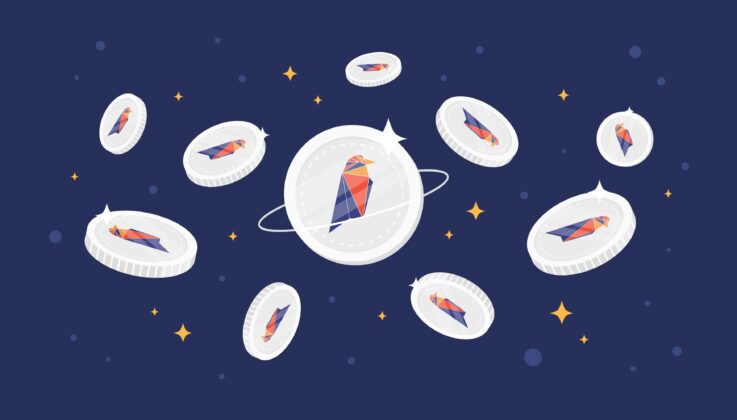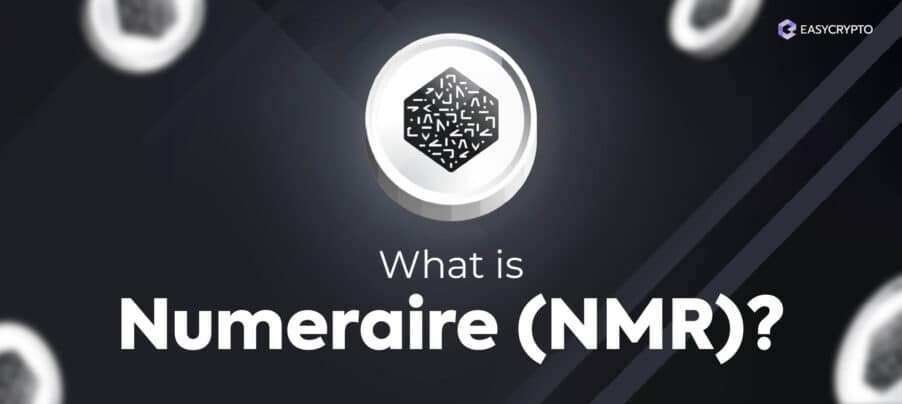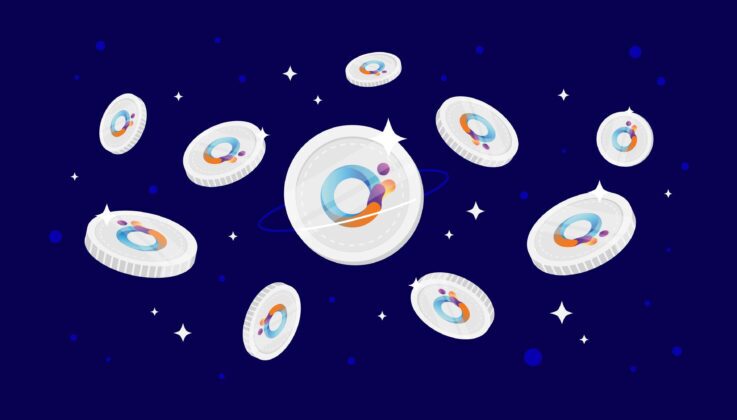What is Band Protocol? How to Buy BAND in South Africa?
Take a closer look and learn how BandChain facilitates the interaction of blockchains with real-world data.


Blockchains are great for storing immutable data. Smart contracts add power to blockchains by giving users the ability to compute and update blockchains based on specific data inputs.
But where does the data input come from? After all, fetching data from trusted information providers defeats the purpose of a trustless and decentralised system.
BandChain (BAND) offers a solution to this conundrum. It’s a decentralised oracle network that feeds real-world data into blockchains, giving them even more power.
BandChain also improves the performance of smart contracts by doing the heavy data work for them.
In this article, we’ll look at the BandChain (BAND) and how it works.
Key takeaways
- BandChain, or Band Protocol, enables blockchain smart contracts to access off-chain data sources by using a network of decentralised oracles.
- The process involves a network of oracles – a utility that links real-time data outside of the blockchain – and relaying them on-chain to enable accurate and real-time data usage.
- BAND is the native crypto token that is used as incentive for rewards, used as payments for using the network, and provide governance rights to holders of the coins.
What is blockchain? Learn the basics with our guide.
What is BandChain (BAND)?
BandChain, also known as Band Protocol, is a decentralised network of oracles that links smart contracts to data sources outside the blockchain. It works cross-chain, which means that BandChain performs just as well when it’s feeding into Ethereum smart contracts or some other blockchains.
An oracle is a service that links a blockchain to the real world by giving smart contracts information from outside the blockchain. While smart contracts can compute data inputs and update the blockchain, it must be fed high-quality data from oracles.

Therefore, a decentralised network of oracles can feed various smart contracts data that is accurate, high-quality, verifiable and immutable. This certainly gives decentralised apps (DApps) the ability to interact with the real world in real-time.
BandChain makes sure that the data used by smart contracts is accurate and real-time by fetching data from different data sources and then aggregating them as a source of truth.
What’s wrong with trusted data providers?
Where do we go to get a weather forecast? It’s usually a website or app whose data is backed by an accredited weather station. That accreditation comes from a government agency, which is an extension of the government.

While many people can trust their government, the point of working with a blockchain is to ensure that we’re getting data from any other place, and not have to rely on trust. Healthy skepticism and having the need to verify data are all common practice among scientists, after all.
Apart from independent data verification, using an oracle gives access to data without the risk of outages, censorship, and most annoyingly gated access.
Also read: What are smart contracts?
How does BandChain (BAND) work?
BandChain is built on the Cosmos Network, a decentralised ecosystem of independent blockchains that can communicate with one another, which is collectively known as the Inter-Blockchain Communication (IBC) network.
Cosmos Network allows blockchains to transfer data and assets between each other, and for BandChain, this interconnectivity is crucial to its functioning.
BandChain can gather data from across blockchains, which is where many independent oracles and data sources can be found.
The result is a blockchain that is rich in valuable data that every protocol and application needs to properly function.
Doing the heavy lifting on data
BandChain is designed to take on the tasks of data querying and computations. Without BandChain, smart contracts could do so, but this would be costly to smart contract users.
Also, if smart contracts were to do so themselves, the resulting data couldn’t be reused, which is a poor use of energy.
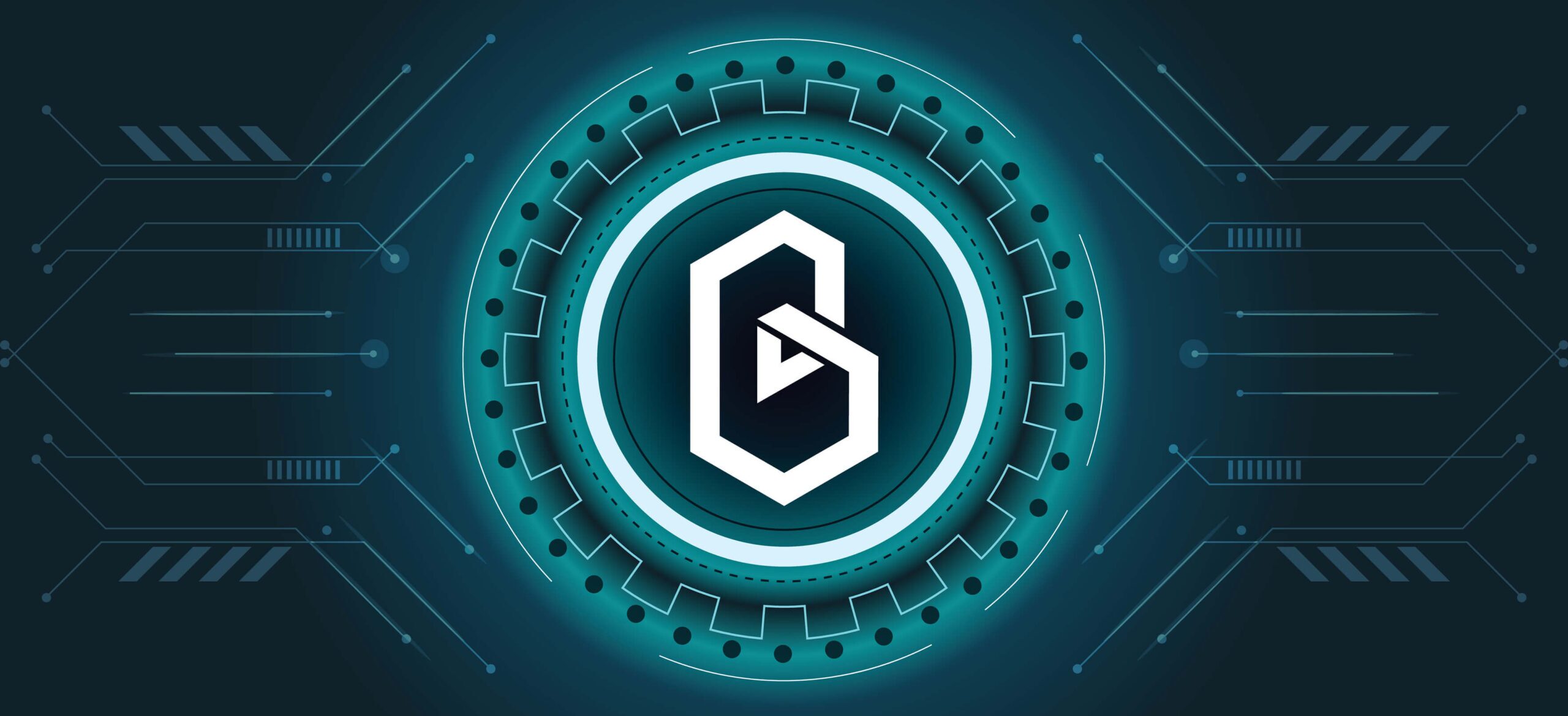
With BandChain, data and smart contracts are kept on separate systems. Smart contracts from any blockchain can be fed with data that is queried by BandChain, and that data can still be reused.
Smart contracts can maintain high performance, which won’t congest the network, lowering transaction fees for everyone on the blockchain.
Designed for any data type
Without BandChain, smart contracts must be built to accommodate many data types. A general-purpose smart contract can be prone to errors.
But with BandChain, smart contract developers can rely on its flexible design to query real-world events, such as the weather, flight status, asset prices, and game scores.

In summary, BandChain’s tasks are to handle data requests from DApps, query data from independent data providers, and then send the aggregated and validated data back to DApps.
How BandChain ensures data accuracy
BandChain uses both data sources and validators to make sure that the information it provides to smart contracts is accurate. Data sources are independent entities that send information to the network, while validators check for the reliability of the information.
The role of validators is crucial, in that they check that the data provided by data sources don’t deviate too much from the statistical average of all the queried data from other data sources.
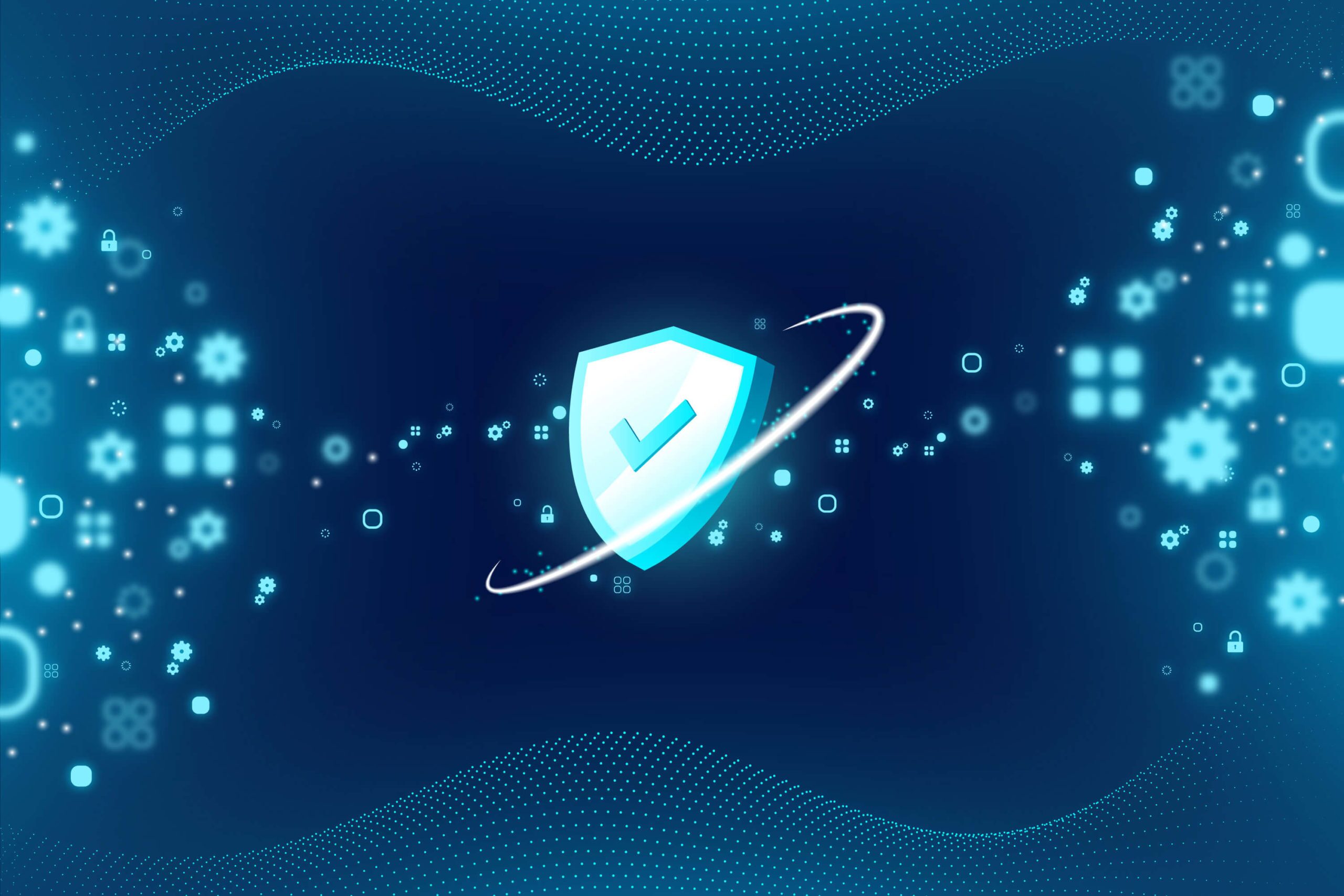
Validators must also stake BAND tokens to provide collateral and risk on the validators’ side if they don’t properly validate raw data.
When a requester sends a request for data to the BandChain, validators are chosen at random to prepare the data to the requester.
If the data is accurate enough, the validators earn a commission from the requester, and their staked tokens are safely returned.
BandChain (BAND) Tokenomics
The BAND token is the network’s native token. With BAND tokens, you can stake, pay fees, and take part in BandChain’s decentralised governance. The total supply of BAND is fixed at 100 million tokens, with a circulating supply of around 32 million tokens at the time of writing.
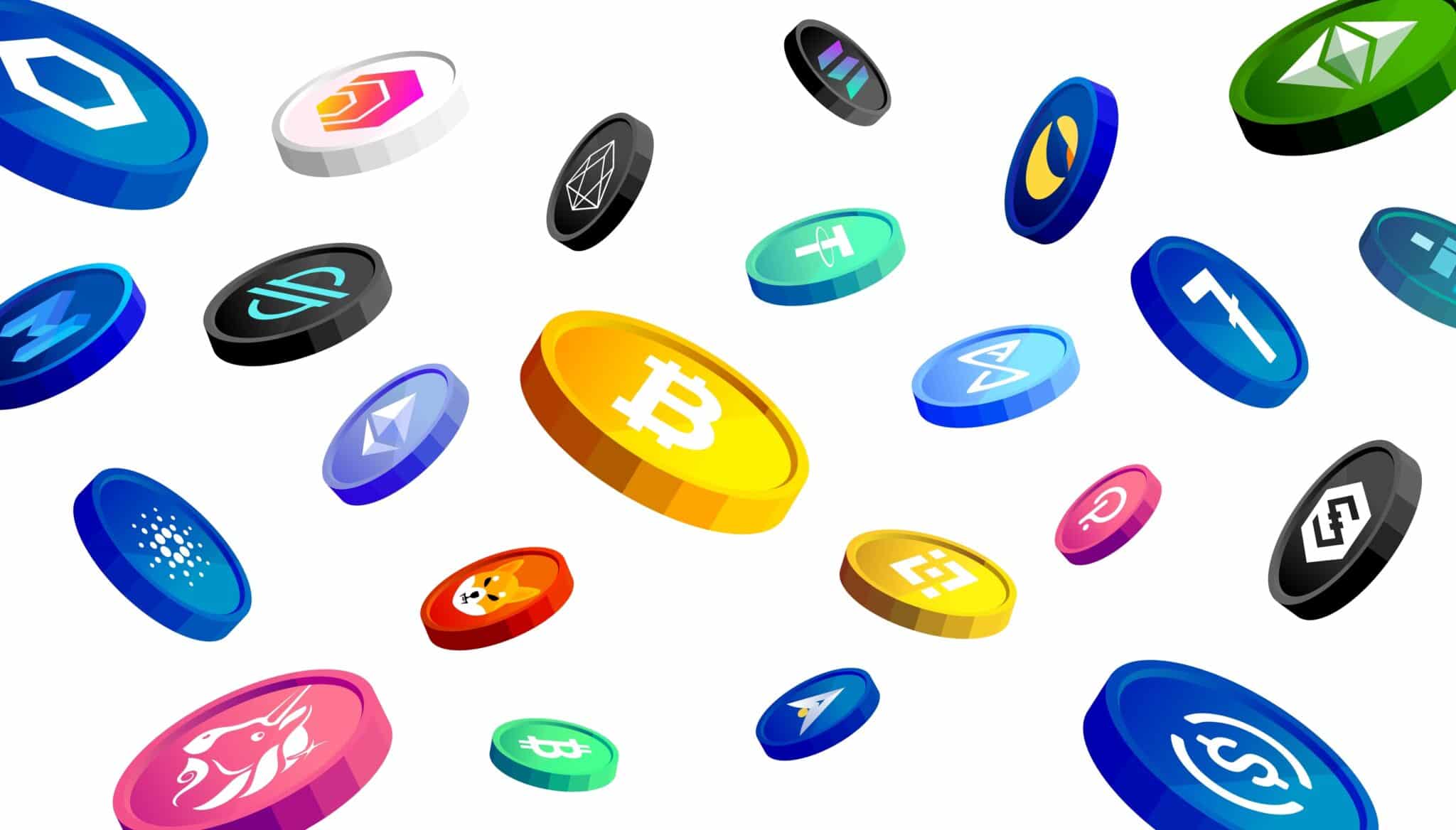
While BAND has a fixed supply, it’s not inflationary in the long term. However, given that there are still around 70 million tokens left to issue, the BAND token inflation can go up as high as 20%, depending on the network activity.
This encourages validators and delegators (non-technical staking investors) to stake BAND tokens in order to earn more BAND tokens and maintain their buying power against BAND inflation.
Staking BAND tokens
As prefaced, validators have a crucial role in ensuring that data provided to smart contracts is accurate. This stresses the importance of staking BAND tokens, which is something that is highly encouraged.
While setting up a validator node is a technical task, ordinary investors who can only contribute economically can still delegate their tokens to a validator.
This gives validator managers a way to set up a node quickly, and benefiting from the fees together with the delegators.
BAND for BandChain governance
People who own BAND tokens can also take part in governance and make decisions about the protocol. This includes proposals to change the network’s parameters, like fees and staking rewards, as well as proposals to add new data sources or validators to the network.
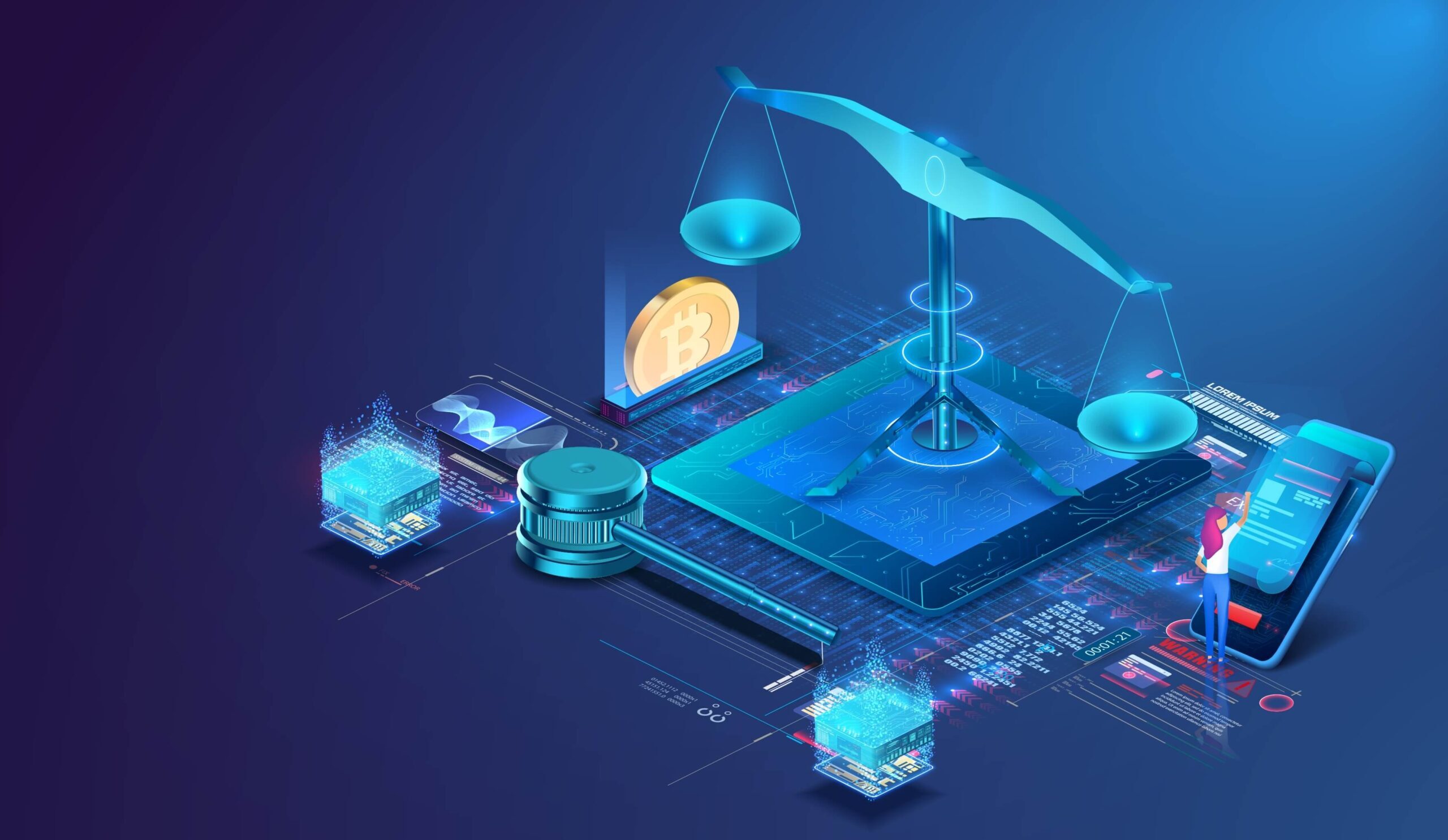
Delegators who have staked BAND tokens can still vote on these proposals with their staked tokens. Each staked token is equal to one vote.
This model of decentralised governance makes sure that BandChain is run by the community and for the community.
The takeaways
BandChain is a decentralised oracle network that provides reliable and secure data to DApps and blockchain smart contracts.
BandChain verifies all data that it handles by using multiple data sources and validators who risk their holdings to verify its accuracy.
BandChain uses the Cosmos Network to connect to multiple blockchains, making it possible to provide high-quality data to a wide range of decentralised applications and blockchains.
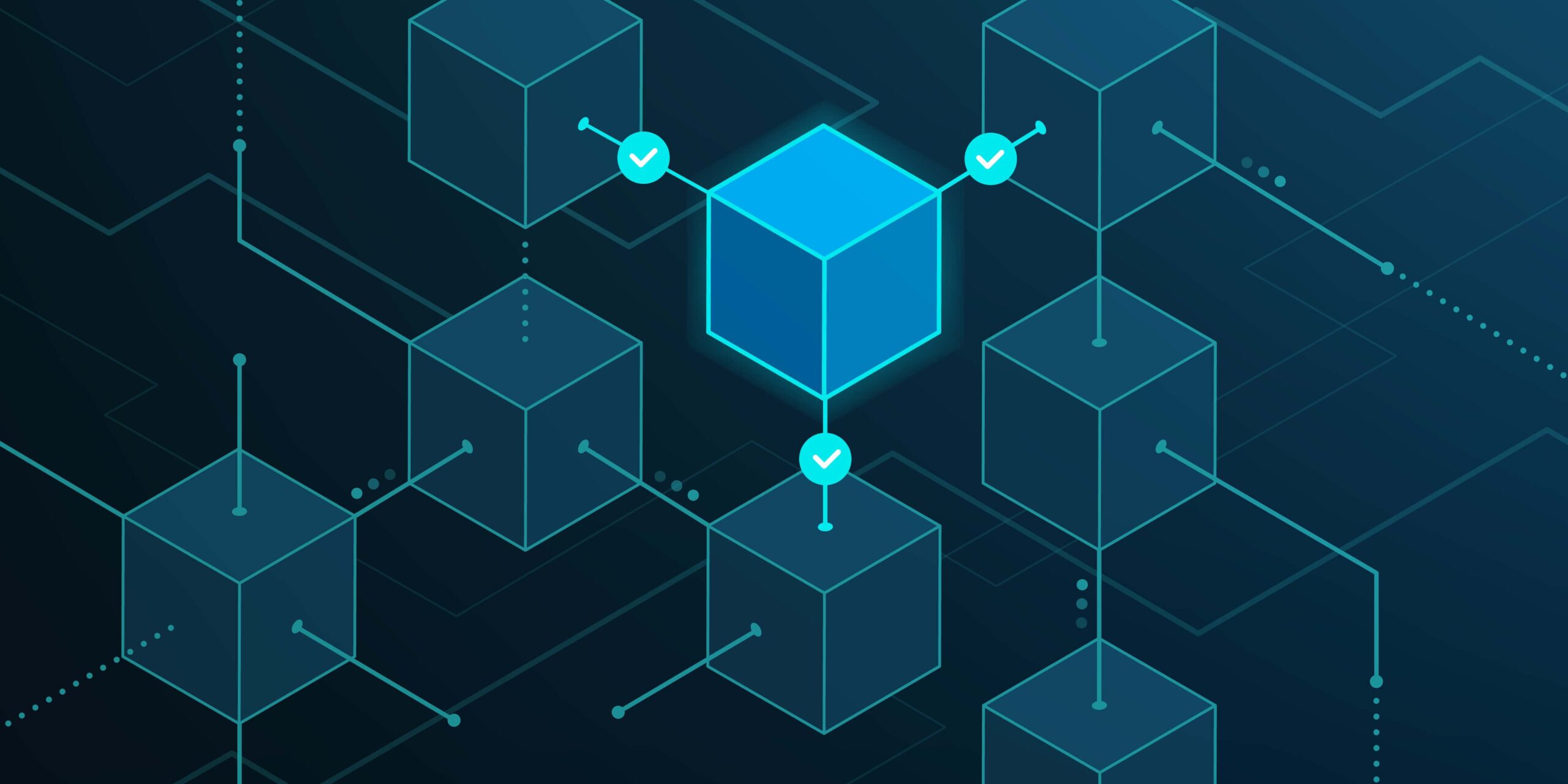
With the BAND token, you can stake, pay fees, and take part in governance. By staking BAND tokens, delegators can earn staking rewards whilst participating in network governance, which helps keep the network safe, decentralised, and community-driven.
BandChain is often comparable with Chainlink. Although the protocol has done well to serve Ethereum’s DApps, it is not blockchain-agnostic and does not communicate with other blockchains apart from Ethereum.
This gives BandChain an edge in a future where anyone can deploy blockchains on the Cosmos Network.
How to buy BandChain (BAND) in South Africa?
With that said, what are your thoughts on BandChain?
If you believe in the technologies, infrastructure, and innovations that BandChain has to offer in the crypto and blockchain space, consider adding BAND to your crypto portfolio.
Here at Easy Crypto South Africa, we offer over 160+ cryptocurrencies, including BAND. We are a non-custodial exchange, and send your crypto purchases directly to your crypto wallet.

Invest in BandChain: Buy BAND with Easy Crypto.
BandChain (BAND) is just one of hundreds of crypto assets that we provide here at Easy Crypto ZA. Our collection also includes:
- Stablecoins
- NFT Tokens
- Metaverse Tokens
- DEX (Decentralised Exchanges)
- DeFi (Decentralised Finance)
- And many more.
Check the rates: Use the crypto converter tool to view the latest rates for BAND.

Pro tip: you can preview the conversion rates for BandChain (BAND) or any other crypto in our collection by going to our complete list of crypto assets.
Check our video guide below on how to buy cryptocurrency with Easy Crypto ZA!
For a more detailed guide: Follow our quick guide.
Stay tuned for more crypto coin guides! In the meantime, explore our library of crypto coin fundamentals on our learning hub at Easy Crypto South Africa.
Share to
Stay curious and informed
Your info will be handled according to our Privacy Policy.
Make sure to follow our Twitter, Instagram, and YouTube channel to stay up-to-date with Easy Crypto!
Also, don’t forget to subscribe to our monthly newsletter to have the latest crypto insights, news, and updates delivered to our inbox.
Disclaimer: Information is current as at the date of publication. This is general information only and is not intended to be advice. Crypto is volatile, carries risk and the value can go up and down. Past performance is not an indicator of future returns. Please do your own research.
Last updated April 19, 2023



